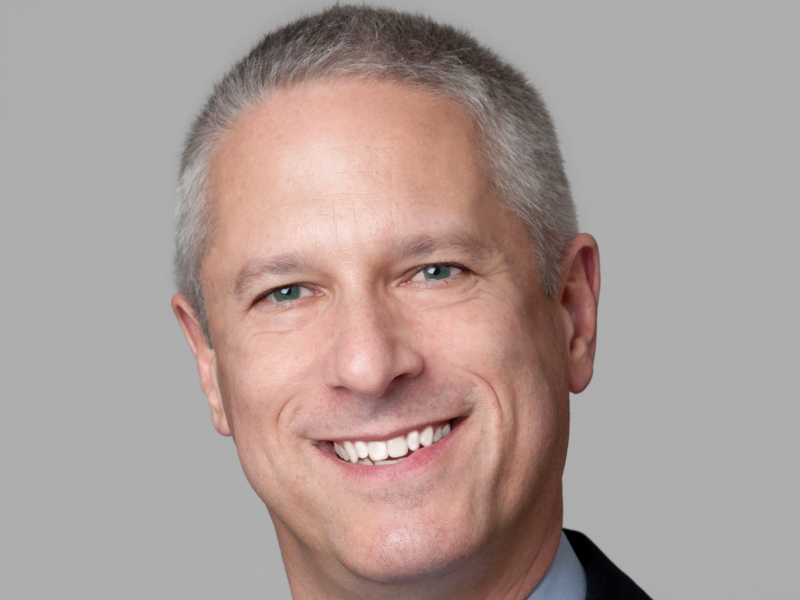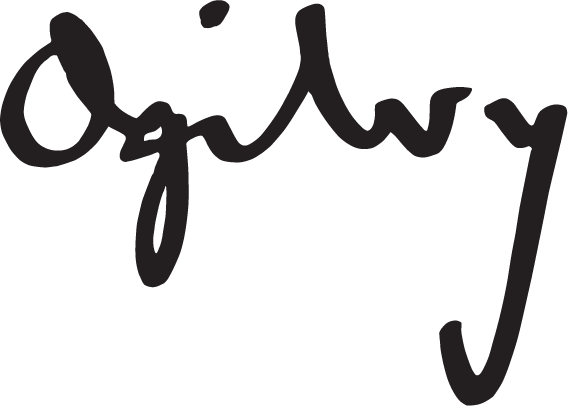Ogilvy 03 Nov 2017 // 6:18PM GMT

Michael Collins, Managing Director, Services Delivery and Chief Marketing Officer at CFA Institute, talks about how the organization partnered with Ogilvy to create a new audience-focused platform that’s bringing the brand’s global vision to life at the local level. “We share a strong vision for the future of the industry and understand a brand’s needs to be nimble and identify solutions quickly to compete. It’s great to have such strong partners while we both embark on our next chapters.”
Ogilvy: CFA Institute is executing an integrated campaign to promote the organization. Tell us about some of the latest things you’re working on.
Collins: One of the things that we are doing inside of the marketing communications function at CFA Institute is moving to organize by audience and region, rather than by product and region.
That was one of the reasons why Ogilvy was an ideal marketing partner for us as they too are transforming their business model to be client-centric and bringing the various disciplines to bare, and we’re doing the same thing around audiences.
From an audience perspective, this year we have launched campaigns targeted specifically at our candidates, as well as a very defined candidate-to-member journey that lasts all the way from the beginning of your career to when you retire. And acting as a global umbrella for this is our new brand platform “Let’s Measure Up.” This platform will serve as a call-to-arms for our members, as well as our employees and high net worth investors, who may be looking for a CFA Charterholder, and exploring the ways in which they can make sure their investment management measures up.
Ogilvy: Digital marketing is transforming branding today. Can you share your perspective and how CFA Institute is adapting?
Collins: This is true and since a majority of our candidates are students or millennials and do most of their consumption of content via mobile devices, it is essential for us to have a digital and mobile-first strategy.
However, with that in mind – and it may sound trite – we always keep an audience-first focus. So we take an overhead view of our digital strategy with the corporate website, various social platforms around the world, and digital and mobile as channels, and tweak all of these channels based on audience needs and the content they want to consume from us.
So, for example, we might ensure that our website has content that’s more geared toward someone with 25 years of work experience, while our mobile-friendly content might be geared more toward millennials or students who going through the exam journey.
Ogilvy: We are working in a new world facing so many challenges, what do brands need to do today in order to stay competitive?
Collins: First and foremost, I’ve always said that brands need to keep their customers front and center, and the competition in their peripheral vision. There’s a lot of noise in the market – consumers are bombarded with non-relevant content 24/7, whether they’re at a subway stop, waiting in line at the grocery store, etc. and eventually consumers start to tune it out.
Communicating with an audience-first focus is incredibly important. A lot of companies and marketers preach that, but not many of them do it.
CFA Institute is committed to our audience-first approach. Our candidates are one of our main audiences, but we also have 145,000 members who’ve earned their charter. We know that we can’t market to all of them with the same message, so we make sure we’re creating content that is relevant to each of them with respect to where they are in their career journey. And that’s more important than ever today.
Ogilvy: Tell us about one of the most exciting projects you’ve recently worked on, and what made it so fun.
Collins: The most exciting project we’re done recently, and are continuing to expand on, was the launch of our Society Brand Activation Program.
In the past year we launched our Society Brand Activation Program, which allows us to incorporate a local audience focus into our marketing and communications programs, which we are able to support regionally and have ladder-up into our global platform.
We have 148 members societies representing members in 163 countries and territories. These societies range in size from 50 members to over 10,000. Being able to leverage the network of member societies at the local level, and working collaboratively with them to make sure we’re building our brand messages in ways that work for them has been exciting for us.
And the other part of this, from a global level, is figuring out how to create messaging for our advertising, CRM, digital and PR channels that our local teams will be able to adapt and make meaningful all over the world, whether we’re talking about a country like India or China or the United States. And even within countries, for example in the United States we are at 89 member societies, and most of those are city societies, so we need to be mindful that all of our content is going to work as well in Boston as it’s going to work in Boise.
In the first year, we activated 105 of our 145 global societies, and we’ve seen the benefit to that, not only in increases in awareness for CFA Institute and the CFA Charter, but also in terms of our society Net Promoter survey scores, which are up as it relates to marketing communications.
Ogilvy: What are three things that marketers need to focus on today to have the best chance at success?
Collins: First, always bring an audience-focus. It’s always possible.
We ask a handful of questions any time someone wants to launch a new initiative, a new campaign, a new email-touch to members, etc.: “What’s in it for the member? Will they value it? Do they care about it? How will it help them?” to make sure we’re putting the audience-focus front and center.
Second, start from a mobile-first perspective, because if it’s going to work on mobile, it’ll definitely work on desktop. I think too many marketers start with off-line tactics and desktop-focused assumptions, and it’s not they way things work anymore. We have to adapt to be better prepared for the future.
And last, a personal suggestion for marketers: it’s important to think about how we stay engaged in the industry and within our own networks. Everybody’s going to have a different way to do that, whether it’s through LinkedIn or meet-up groups, but I can’t overemphasize the importance of getting out there to stay fresh. It really makes a difference.


































.jpg)












